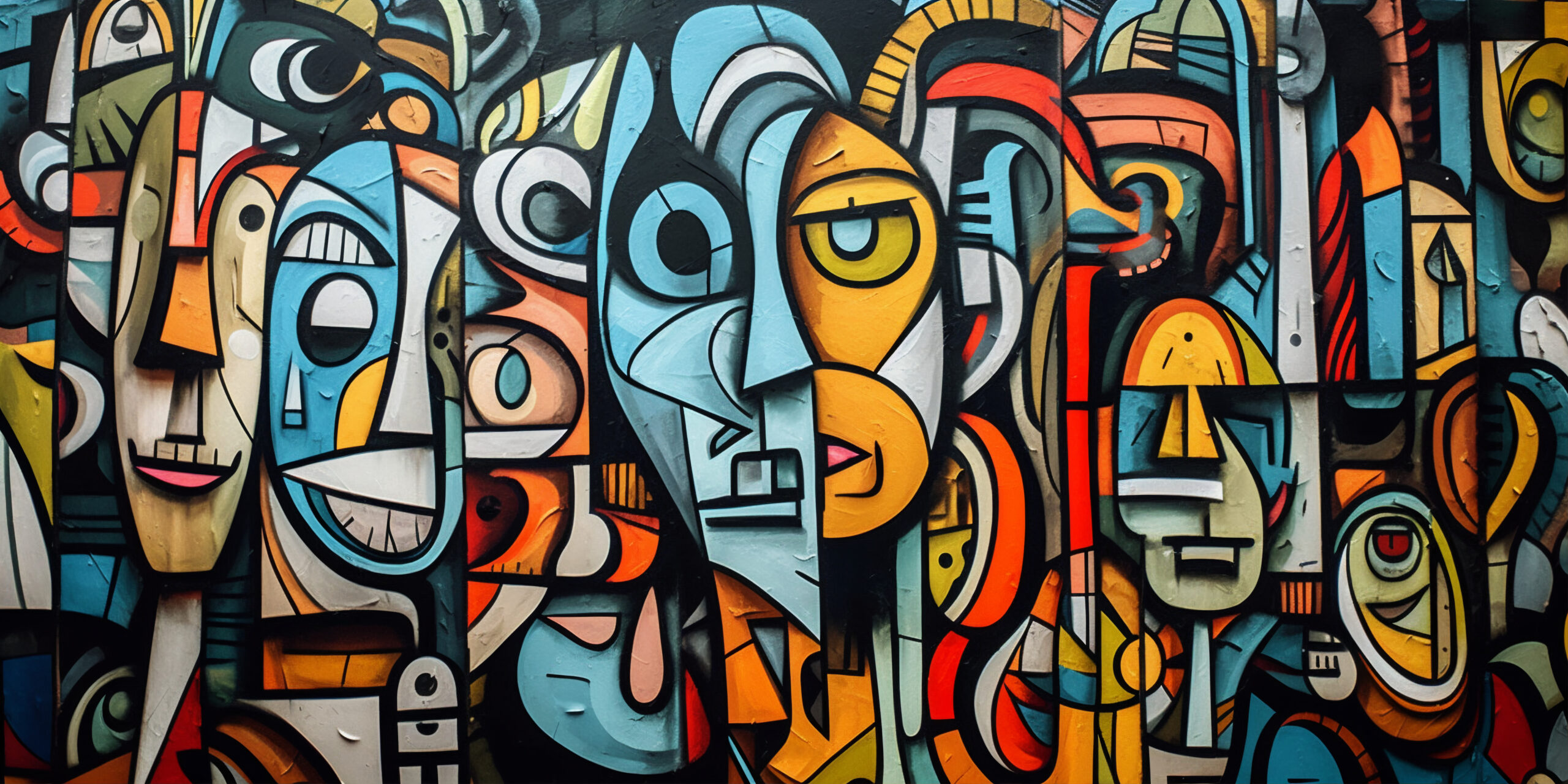Exploring the Rich Tapestry of Ancient Artz
Ancient art is more than mere stone carvings, vivid murals, or ornate sculptures—it serves as a bridge to the past, revealing the beliefs, aspirations, and daily lives of long-lost civilizations. From the intricate carvings of the Egyptians to the vibrant Mayan murals, Ancient Artz is a testament to the creativity and cultural depth of early societies. But what makes these creations so mesmerizing? What stories lie within these relics, and how have they shaped the modern creative world? This article delves into the diverse and captivating history of Ancient Artz, highlighting the treasures left behind by some of history’s most remarkable cultures.
Fascinating Facts About Ancient Artz
| Category | Fact/Figure |
| Earliest Known Artwork | Cave paintings in Chauvet Cave, France, dated around 30,000 BCE. |
| Oldest Sculpture | Venus of Willendorf, a limestone figurine from 25,000 BCE, discovered in Austria. |
| Ancient Egyptian Art | Flourished circa 3,000 BCE with the rise of the Old Kingdom. |
| Terracotta Warriors | Approximately 8,000 life-sized warriors in Emperor Qin Shi Huang’s tomb, China. |
| Greek Sculptures | Emerged during the 5th century BCE, celebrating the ideal human form. |
| Roman Mosaics | Popularized in the 2nd century BCE with intricate designs adorning homes. |
| Mesopotamian Ziggurats | The Ziggurat of Ur, built circa 2100 BCE, standing 70 feet tall. |
| Mayan Murals | Created around 1000 BCE, depicting gods and celestial events. |
| Indus Valley Art | Produced detailed pottery and bronze figurines between 3300–1300 BCE. |
| African Rock Art | Estimated to be 8,000 years old, found in regions like Algeria. |
| Hieroglyphics | Over 700 symbols, dating back to 3200 BCE in Egypt. |
| Olmec Colossal Heads | Carved between 1200–400 BCE, weighing up to 50 tons each. |
| Stonehenge | Constructed circa 2500 BCE in England with stones weighing up to 25 tons. |
| African Wooden Sculptures | Flourished between 500 BCE and 1000 CE, often used in rituals. |
| Roman Public Art | The Colosseum (80 CE) featured sculptures honoring emperors and gods. |
The Origins of Ancient Artz
Cave Paintings and Petroglyphs
The dawn of human creativity is marked by awe-inspiring cave paintings and petroglyphs that date back tens of thousands of years. Found across Europe, Africa, and Asia, these early masterpieces depict animals, hunting scenes, and abstract symbols. Cave paintings not only documented daily life but also offered a glimpse into spiritual beliefs, with many images likely symbolizing rituals or divine connections.
Petroglyphs, carvings etched into stone surfaces, further enriched early artistic expression. These works often featured geometric patterns or figures engaged in ceremonies, underscoring the intertwined nature of survival, spirituality, and art.
Symbolism in Early Art
Early art transcended mere decoration—it embodied deep cultural and spiritual meaning. Images of animals, for instance, could represent fertility, protection, or hunting success. These creations also served as tools for communication, enabling early humans to share stories, ideas, and even prayers with their communities or the divine.
The Cradle of Civilization: Mesopotamia
Sculptures and Ziggurats
Mesopotamia, often hailed as the “Cradle of Civilization,” gave rise to some of the earliest examples of structured art. Temples known as ziggurats were adorned with elaborate reliefs depicting rulers, gods, and mythological tales. Stone sculptures immortalized kings and deities, blending functionality with artistry to legitimize power and devotion.
Egyptian Hieroglyphics: A Fusion of Art and Language
Hieroglyphics, the ancient Egyptian writing system, elevated art to a linguistic medium. Each symbol—whether a depiction of a god, animal, or daily life—was an artwork in its own right, weaving narratives that still captivate modern audiences. This fusion of art and language underscored the Egyptians’ reverence for the written word and visual storytelling.
Pharaohs and Their Artistic Legacy
Pharaohs, viewed as divine rulers, were central figures in Egyptian art. From towering statues to intricate murals, these creations not only honored their rule but also reinforced their god-like status. The artistry found in tombs, with its vivid colors and intricate designs, aimed to guide souls to the afterlife, offering spiritual protection through visual splendor.
The Perfection of Classical Greek Sculpture
The Greeks revolutionized sculpture by striving for perfection in form and proportion. Their statues of gods, athletes, and philosophers captured the idealized human body with unparalleled precision. These timeless works reflect not only technical mastery but also the Greeks’ philosophical exploration of beauty, harmony, and human potential.
The Enduring Impact of Ancient Artz
Ancient Artz continues to be a cornerstone of human heritage, bridging the gap between past and present. From the towering pyramids of Egypt to the intricate pottery of the Indus Valley, these artistic legacies offer profound insights into early societies. They reveal how religion, culture, and identity shaped civilizations, leaving timeless lessons for the modern world.
By studying Ancient Artz, we gain not only an appreciation for the creativity of our ancestors but also a deeper understanding of our shared humanity. These masterpieces remind us of the enduring power of expression and the universal drive to create.






